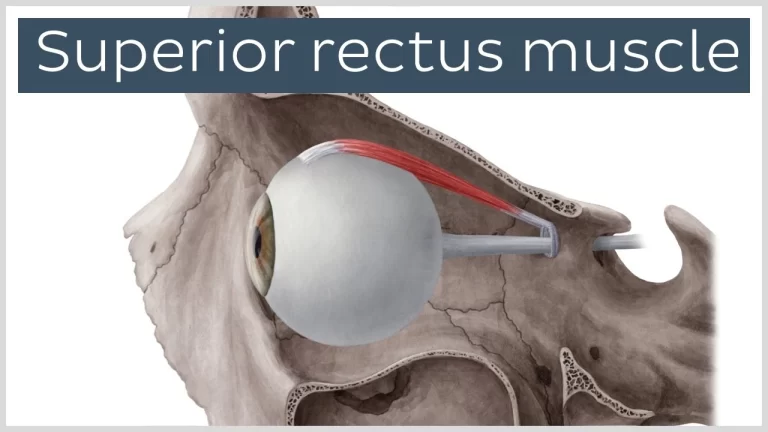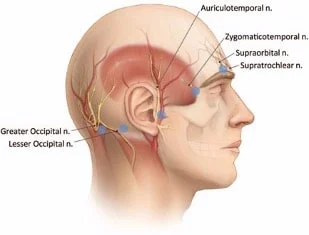Hyoglossus muscle
Introduction
The hyoglossus muscle is one of the four intrinsic muscles of the tongue. It is a quadrilateral muscle that arises along the whole length of the hyoid bone and inserts into the side of the tongue. The hyoglossus works to both depress and retract the tongue. It acquires its motor innervation through the hypoglossal nerve. Its bloody supply is comprised predominantly through the sublingual branch of the lingual artery with additional supply from the submental branch of the facial artery.
The hyoglossus muscle is also of the extrinsic muscles of the tongue. It is the thin, quadrilateral muscle that consists of two major components. The anterior quadrilateral element arises from the hyoid body, and the posterior triangular portion arises from the greater cornu of the hyoid bone. Both elements ascend towards the tongue external to the genioglossus. They insert into the side of the posterior half of the tongue between the styloglossus laterally and the inferior longitudinal muscles medially, with the posterior portion attaching posterior inferiorly to the anterior part.
The anterior portion is thicker than the posterior portion and can be subdivided into 10 to 15 parallel bundles by the perimysium. Most of these bundles ascend in a posterolateral direction towards their insertion; regardless, the posterior internal slip of the anterior part diverges and merges into the insertion of the posterior part of the hyoglossus. In difference to the anterior part, the posterior part is composed of 3 bundles, and instead of being parallel, these fibers converge toward their insertion. The fibers of these bundles all ascend in various directions, with the anterior bundle ascending posteriorly, the middle bundle ascending vertically and the posterior bundle ascending posteriorly.
Origin of Hyoglossus muscle
It includes a part of the floor of the submandibular triangle. from the side of the body and the whole length of the greater cornu of the hyoid bone. The fibers arising from the body of the hyoid bone overlay those from the greater cornu.
Insertion of Hyoglossus muscle
Its fibers give almost vertically upward to enter the side of the tongue, inserting between the styloglossus and the inferior longitudinal muscles of the tongue.
Blood Supply
The hyoglossus muscle acquires a dual blood supply. The major supply originates from the lingual artery, which is the third branch of the external carotid artery. The lingual artery gives rise to four major branches:
- The deep lingual artery
- The sublingual artery
- The suprahyoid branch
- The dorsal lingual branch
The sublingual artery branches off the lingual artery at the anterior border of the hyoglossus muscle and is the branch of the lingual artery that gives the hyoglossus.
The additional blood supply of the hyoglossus muscle comes from the fourth branch of the external carotid artery, the facial artery. As the facial artery escapes the submandibular gland, it gives off the submental branch. The importance of the submental artery in the hyoglossus blood supply varies due to it also depends on the variability of the sublingual artery. In some instances, it is seen that the sublingual artery anastomoses with the submental artery. However, periodically the sublingual artery is completely absent, and in these cases, it is replaced with a branch of the submental artery.
The venous drainage of the hyoglossus is via the lingual vein. The lymphatic drainage of the hyoglossus is instantly through the deep cervical group of lymph nodes.
Nerve supply
The hypoglossal nerve is the twelfth cranial nerve. It arises from the posterior portion of the medulla oblongata and exits the skull in the posterior fossa through the hypoglossal canal. It then descends between the sternocleidomastoid muscles, which lie superiorly, and the external carotid artery, which lies deep into the nerve. The hypoglossal nerve then revolves horizontally and travels to the greater cornu of the hyoid bone, where it comes close to the lingual artery.
The hypoglossal nerve innervates all the intrinsic muscles of the tongue, as well as the extrinsic muscles of the tongue, excluding palatoglossus.
Function of Hyoglossus muscle
The hyoglossus depresses and retracts the tongue and creates the dorsum more convex. The hyoglossus muscle is one of the four extrinsic muscles of the tongue, and, alongside the styloglossus, it serves as one of the two tongue base retractor muscles. The main activity of the hyoglossus muscle is to cause retraction and downward compression of the lower third of the tongue. This action of tongue underneath retraction plays a key role during normal physiological swallowing as it aids bolus propulsion. This control of tongue movement likewise plays a role in the articulation of speech.

Clinical Significance
Airway Patency
The effect of the extrinsic muscles on the tongue plays a vital part in the patency of the airway. The major muscle responsible for airway dilation is the genioglossus, and if this muscle has decreased function, it can lead to airway constriction or obstruction. However, the function of the tongue retractor muscles (styloglossus and hyoglossus) in ensuring upper airway patency is not fully understood. Some analyses have shown that in response to hypoxia and hypercapnia, both the hyoglossus and styloglossus muscles are activated alongside the genioglossus muscle.
Swallowing
The hyoglossus also recreates a key role in swallowing and is especially important in swallowing difficulties due to atypical first and second epiglottic movements. The first epiglottic motion is horizontal, and also the second is the full inversion of the epiglottis. It has been suggested that the cause of impairments in these activities may be a reduction in both tongue base retraction and elevation of the larynx. In these cases, the hyoglossus, alongside the styloglossus and long pharyngeal muscles, should be the preference for rehabilitation.
Treatment
An acquaintance of how to optimally ensure airway patency is of particular significance in patients with obstructive sleep apnea, as it can help reduce symptoms. One of the newer treatment options suggested to select patients with obstructive sleep apnoea is hypoglossal nerve stimulation. As the hypoglossal nerve supplies innervation to the genioglossus, styloglossus, and hyoglossus, knowing which branches of the hypoglossal nerve to stimulate to optimize airway patency can improve patient outcomes. However, although the co-activation of these muscles has been seen in hypoxia and hypercapnia, studies looking at the ideal arrangement of electrodes for hypoglossal nerve stimulation have concluded that ensuring the tongue retractors are activated as little as possible results in better airway patency.
This result is especially accomplished by providing the lateral division of the hypoglossal nerve was not stimulated as this division had a greater proportion of fibers to the styloglossus and hyoglossus muscles compared to the medial branch of the hypoglossal nerve, which mainly resulted in genioglossus muscle contraction.
FAQ
Why is it called hyoglossus?
The hyoglossus muscle is a thin and quadrilateral extrinsic muscle of the tongue. It arises from the hyoid bone; it inserts onto the side of the tongue.
What is the function of hyoglossus?
The hyoglossus functions to both depress and retract the tongue. It acquires its motor innervation via the hypoglossal nerve. Its bloody supply is composed mainly of the sublingual branch of the lingual artery with additional supply from the submental branch of the facial artery.
What is the structure of the hyoglossus?
The hyoglossus muscle is also one of the four intrinsic muscles of the tongue. It is a quadrilateral muscle that arises along the whole length of the hyoid bone and inserts into the side of the tongue. The hyoglossus works to both depress and retract the tongue.
Why is it called hyoid?
The hyoid bone provides attachment to the muscles of the floor of the mouth and the tongue above, the larynx below, and the epiglottis and pharynx rearward. Its title is derived from the Greek hyoids ‘shaped like the letter upsilon (υ)’.
What nerve Innervates the Hyoglossus muscle?
The hypoglossal nerve innervates all the intrinsic muscles and also all but one of the extrinsic muscles (genioglossus, styloglossus, and hyoglossus) of the tongue.




